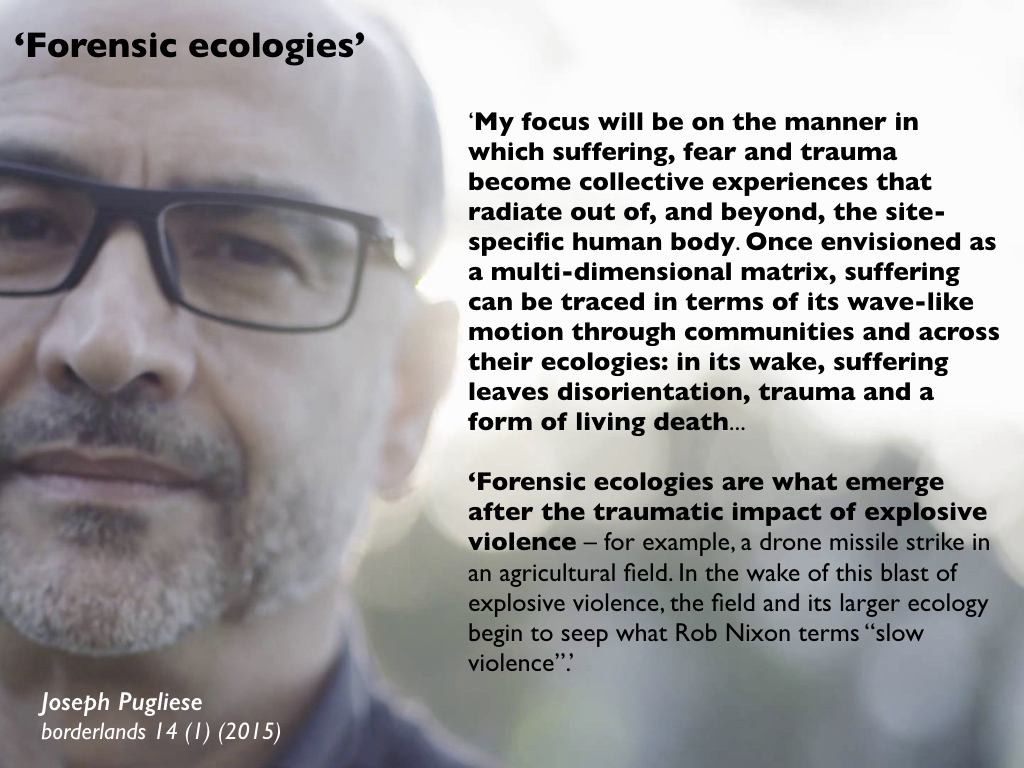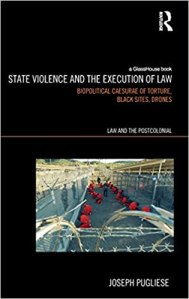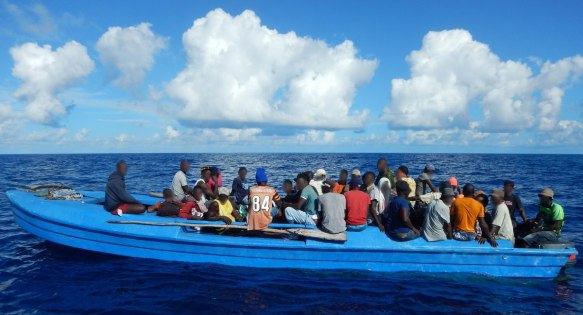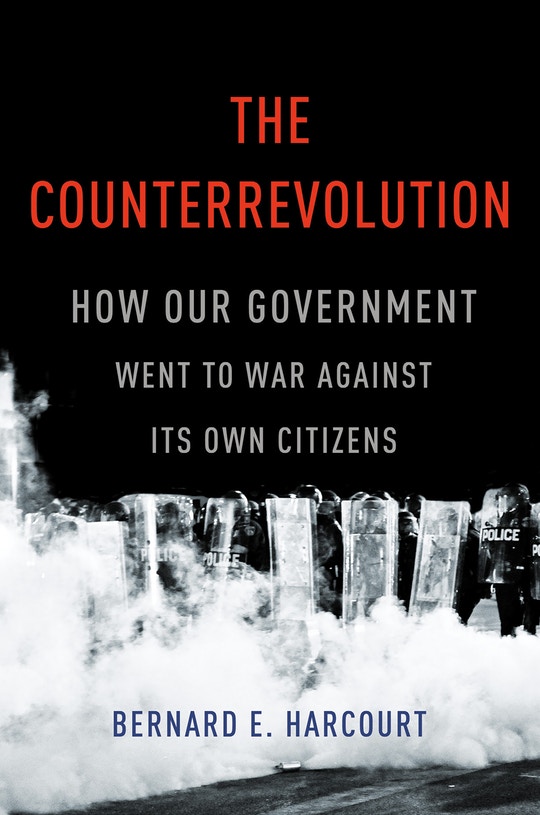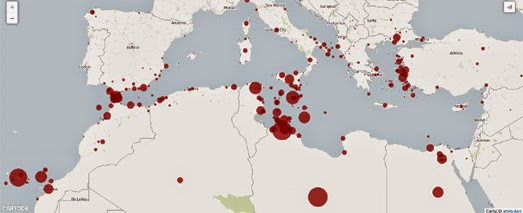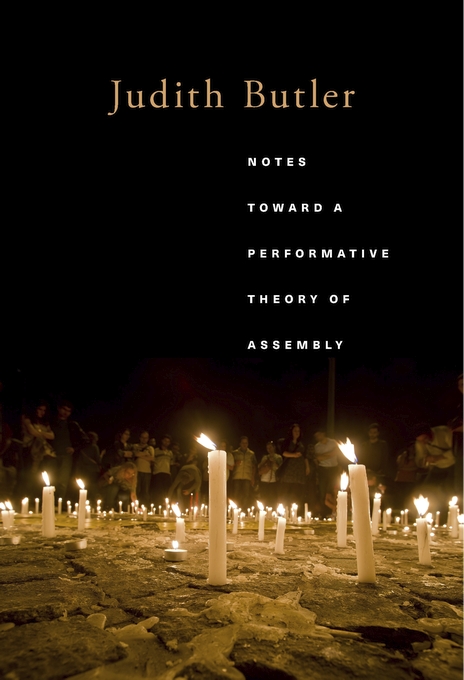
Joanna Bourke‘s new book, Wounding the world, has just been published in the UK by Virago (the North American edition, re-titled Deep Violence: Military Violence, War Play, and the Social Life of Weapons, is due from Counterpoint early next year).
Wars are frequently justified ‘in our name’. Militarist values and practices co-opt us, permeating our language, invading our dream space, entertaining us at the movies or in front of game consoles. Our taxes pay for those war machines. Our loved ones are killed and maimed.
With killing now an integral part of the entertainment industry in video games and Hollywood films, war has become mainstream.
2014 marks the 100th anniversary of the declaration of the First World War, and with it comes a deluge of books, documentaries, feature films and radio programmes. We will hear a great deal about the horror of the battlefield. Bourke acknowledges wider truths: war is unending and violence is deeply entrenched in our society. But it doesn’t have to be this way. This book equips readers with an understanding of the history, culture and politics of warfare in order to interrogate and resist an increasingly violent world.
Here is the list of chapters:
PART ONE: WAR WITHOUT END
Introduction
PART TWO: THE SOCIAL LIFE OF WEAPONS
It’s only words
The circulation of violence
PART THREE: INCITEMENT TO MURDER
Kind-hearted Gunmen
Wounding the Innocent
The Dark Art of Ballistics
PART FOUR: MILITAINMENT
Playing War
Violent Gaming
PART FIVE: THE END OF WAR
Protest
You can read the introduction here, from which I’ve snipped this extract:
Our garrisons are maintained throughout the world and yet the military campaigns we wage abroad seem as real to most of us as the metaphorical wars on drugs or obesity. It is not uncommon to hear people waxing lyrical about the sanctity of life – including that of the two-cell embryo – while revering the troops on Remembrance Day. Militarist incursions into our ways of thinking, talking and enjoying ourselves are barely acknowledged. The blurring of entertainment and war, the infiltration of ‘violence-as-fun’ into the popular imagination (‘militainment’) and the advent of warbots – a generic term for drones, robotic weapons, unmanned vehicles, and suchlike – have led many of us to take for granted that war is without end and without borders. Unwittingly, we have effectively been turned into citizen-soldiers.
We have inherited a toxic genealogy. Its names are legion but its purpose is singular: violence. It is precisely its everyday nature – the way it creeps up on us by stealth – that makes it so powerful. But we are not merely passive observers, in thrall to a set of amorphous, militaristic ideologies or corrupting institutions. We are involved in the production of violence: it constitutes who we are and might be and, as such, can be resisted.
There is an early review by Yvonne Roberts in today’s Guardian here.

It’s a timely book in all sorts of ways, but I’m particularly pleased it’s available now because next month I’ll be in Berlin as part of Hebbel am Ufer’s Waffenlounge (Weapons Lounge):
After the USA and Russia, Germany is the third largest arms exporter in the world. The global market constantly demands better, more effective and ‘cleaner’ weapons. This month HAU Hebbel am Ufer is presenting a new production by Hans-Werner Kroesinger, “Exporting War,” as well as the Berlin premiere of “Situation Rooms,” a groundbreaking installation by Rimini Protokoll, created in co-production with HAU. Both works take up the paradoxical relationships that societies maintain to weapons, and both make use of personal biographies, current military conflicts as well as historical and political contexts. Under the motto “Weapons Lounge” HAU will also be presenting performances, installations, expert talks, and a project by the Houseclub with Kreuzberg pupils.
I’ll be talking about drones, but I’ve been thinking about what Joanna calls ‘the social life of weapons’ and also about the global arms trade (see my early post on ‘The death merchants’ here), so I’m looking forward to reading what she has to say.


